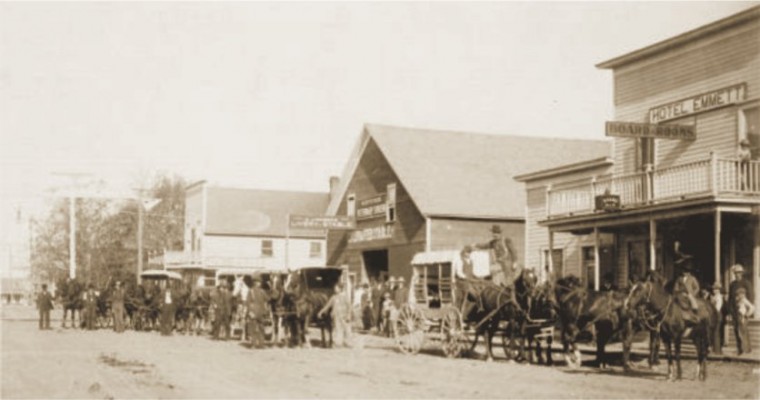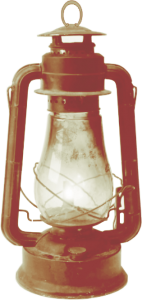For in depth historical archives click these links to Gem County Historical Society & Village Museum and Gem County, ID GenWeb Project. See other links below.
In the early 1900’s fruit packers adopted the label of “Valley of Plenty“ because of the fertility of the valley. During the mining era the Payette Valley was known as the garden for the mining regions.
Western Shoshoni Indians were the earliest known residents and as buffalo hunters and seed gathers occupied the future Gem County.
The river was named after Francois Payette, who was put in charge of Fort Boise in 1818 and traveled through the valley. Permanent settlement began in the early 1860’s after gold discoveries in the Boise Basin brought people over already established stage and pack train routes. Two of these trails joined at the Payette River north of the present river bridge. It was here that in 1863 Nathaniel Martin and Johnathan Smith decided to build a ferry to cross the river that swelled to over a mile wide each spring thaw. The community of Martinsville, later named Emmett, grew up around this ferry site, which handled not only local trade but heavy traffic from the Basin Trail. The next year Doc Burdge came with his family and opened the first grist mill. The grinding stones from this mill are now located in the Emmett City Park. The Burdge house was one of the grandest in the 1870’s and was located just two miles west of Emmett on Cascade Road. The small village of Emmett organized in 1900 with 600 residents. This important river crossing and resulting trade made it the logical county seat in 1915 of the brand new Gem County, which 6,427 persons called home by 1920.
Stop and Rest Awhile.
Travelers welcomed a chance to stop at a Road House called Falk’s Store located at the principle village in the lower valley at the time. You could get a drink, a meal or lodging, as it was the only store between Boise, Idaho & Baker, Oregon. Falk’s did an estimated $60,000 a year in business. Although nothing remains now, there also was a hotel, saloon, two stores, and other small businesses.
Six miles from Emmett was the Payette River Ranch, also called Government Ranch because of the government stockpiles there. The Martinsville Post Office moved to the Payette River Ranch in 1870 and was renamed Emmett for the son of Tom Cahalan, who had the name recorded in Washington, D.C. When the post office moved back, to Martinsville a year later, the recorded name remained with it and Martinsville eventually became Emmett.
In 1883, Wardwell had the town platted, and in 1900 the town was incorporated as Emmett. After the closing of the Pearl mines in 1906, the power lines were extended to Emmett. A series of irrigation projects made it possible for rapid expansion of the town as the major service center for a farming and fruit-growing valley.






